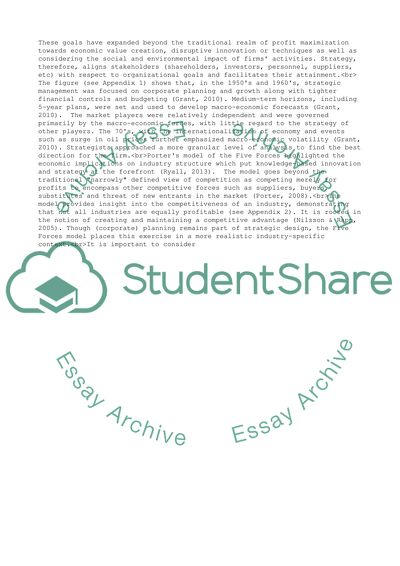Cite this document
(Strategic Management - Understanding a model Essay - 1, n.d.)
Strategic Management - Understanding a model Essay - 1. https://studentshare.org/management/1805004-strategic-management-understanding-a-model
Strategic Management - Understanding a model Essay - 1. https://studentshare.org/management/1805004-strategic-management-understanding-a-model
(Strategic Management - Understanding a Model Essay - 1)
Strategic Management - Understanding a Model Essay - 1. https://studentshare.org/management/1805004-strategic-management-understanding-a-model.
Strategic Management - Understanding a Model Essay - 1. https://studentshare.org/management/1805004-strategic-management-understanding-a-model.
“Strategic Management - Understanding a Model Essay - 1”. https://studentshare.org/management/1805004-strategic-management-understanding-a-model.


